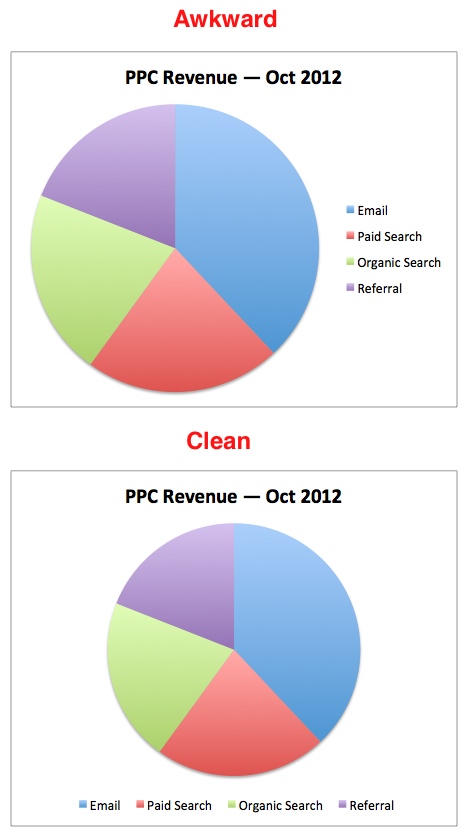How To Add Text To A Pie Chart In Excel For Mac
Posted : admin On 16.12.2018The first thing you need to do to produce an Excel pie chart with percentage values is to produce a basic pie chart. Find or enter some data in an appropriate format. Pie charts require a name for each section and a numerical value associated with each section.
This is like the previous method, but less tedious and much faster. Use Values from Cells (Excel 2013 and later) After years and years of listening to its users begging, Microsoft finally added an improved labeling option to Excel 2013. First, add labels to your series, then press Ctrl+1 (numeral one) to open the Format Data Labels task pane. I’ve shown the task pane below floating next to the chart, but it’s usually docked off to the right edge of the Excel window. Click on the new checkbox for Values From Cells, and a small dialog pops up that allows you to select a range containing your custom data labels.
This is where you’ll find all the tools you need to animate charts in PowerPoint. With Effect Options you can choose the direction of the animation — it can appear from the top, the bottom, the left, or the right. You can also determine how your chart will be animated: as one object, by category, or by series. So what do these options actually mean? • By category: This animates your data by each category on the X-axis of your bar chart. If each category includes one bar, each bar will be animated individually. If there are multiple bars in each category, they will all be animated at the same time.
Repeat the process with columns B and C, pressing the Ctrl (Control) button on Windows or using the Command key with Mac users. Your final selection should look something like this: Create the Basic Excel Graph With the columns selected, visit the Insert tab and choose the option 2D Line Graph. You will immediately see a graph appear below your data values. Sometimes if you do not assign the right data type to your columns in the first step, the graph may not show in a way that you want it to. For example, Excel may plot the parameter Average Number of Leaves/Employee/Year along the X axis instead of the Year.
His programs include his Improspectives® approach to teamwork and creativity, analyzing and presenting data in Microsoft Excel, and his interactive Magic of the Mind show. By: Alicia Katz Pollock course • 3h 38m 3s • 853 viewers • Course Transcript The pie chart, a circle where each differently colored wedge represents a value that contributes to a whole, is one of the most common types of charts seen in business documents. In this movie, I will show you how to create and manipulate pie charts to make your data and its presentation more interesting. As I said, pie charts show how much a given value contributes to a whole, and each slice represents an individual contribution. To create a pie chart, you click any cell in the data list that you want to summarize, and then on the Charts tab, click Pie and select that type of pie chart that you want to create. In this case, I will just do the simple two-dimensional pie, which is here, and Excel adds the pie chart to your worksheet.
You will have to 'fake it'. Create your scatter plot. Click on one of the numbers in the X axis to select the X axis values. Click Delete. Now click outside the chart so that it isn't selected and then click on the Insert Tab, Text Box. Draw a text box and enter Ethanol.
When the Format Chart Area window opens, use the X rotation input box to bring the smaller slices to the front. The chart rotates immediately, so you can keep clicking the up arrow to the right of the input box to rotate the chart in small increments until it is in the right position. After a 170 degree rotation, we have something like this.
Keep in mind that with every change you make to your data, that pie chart conveniently updates automatically. Create the Basic Pie Chart You can create a pie chart based on your data in two different ways, both begin with selecting the cells. Be sure to only select cells that should be converted into the chart. Method 1 Select the cells, right-click on the chosen group, and pick Quick Analysis from the context menu.

• Create a PivoteTable from your source table. The detailed steps are explained in the. Parallels for mac free. • Put the category names in the Row field, and numerical data in the Values field.
To access each of the following items, click on the chart, pick Chart Styles, and then make your selection. Style Maybe you would like to add patterns to the slices, change the background color, or have a simple two-tone chart. With Excel, you can pick from 12 different pie chart styles. Run your mouse over each style for a quick preview. Color You can also pick from many color schemes for your pie chart. The Chart Style menu displays colorful and monochromatic options in the Color section. Again, use your mouse to see a preview of each one.